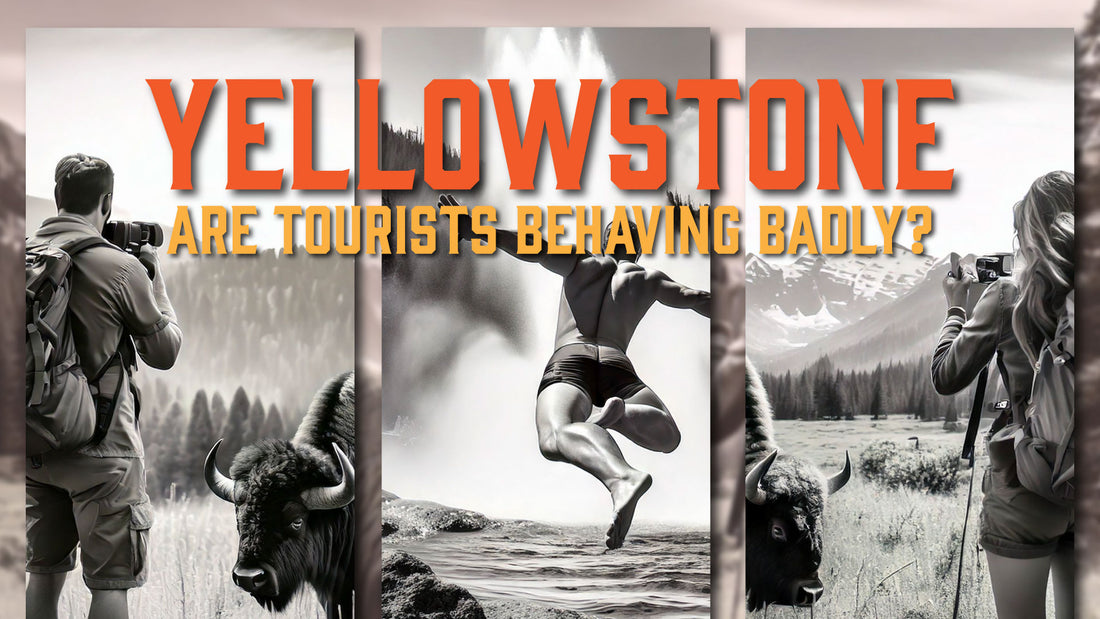
Yellowstone's Popularity vs. Preservation – Are Tourists Behaving Badly?
Yellowstone National Park, the world’s first national park, is a treasure trove of natural beauty, unique ecosystems, and fascinating geothermal features. However, its growing popularity has raised concerns about the behavior of some visitors and the impact on the park's fragile environment. Over the past decade, Yellowstone has witnessed a significant surge in tourism, along with an increase in rule violations and unsafe behaviors.
Yellowstone by the Numbers
Tourism in Yellowstone has exploded, with annual visitation climbing from 3.2 million in 2009 to over 4.8 million in 2021—a trend fueled by social media, international travel, and even the pandemic, as domestic tourists sought outdoor destinations. This influx has brought immense economic benefits, contributing over $600 million annually to the surrounding communities. But it has also strained the park's resources and infrastructure
.A Growing Problem
Reports of tourists behaving irresponsibly are becoming alarmingly common. Examples include people leaving boardwalks to walk on fragile geothermal features, leading to injuries or fatalities, and approaching wildlife for selfies, risking dangerous encounters. In one infamous case, a woman was gored by a bison after ignoring safety guidelines to maintain a distance of at least 25 yards
.Other concerns include illegal camping, littering, and disturbing wildlife, such as scaring trumpeter swans from their nests, which has contributed to a steep decline in the local population of these iconic birds. Rangers face an uphill battle managing these issues as they try to balance visitor enjoyment with the preservation of the park’s delicate ecosystem
.Striking a Balance
The National Park Service has implemented measures to manage the crowding and minimize environmental harm, such as shuttle pilot programs, expanded facilities, and stricter enforcement of rules. However, some argue that more needs to be done, such as introducing a reservation system or limiting vehicle access during peak seasons
.What Can We Do?
As visitors, we all share the responsibility of protecting Yellowstone. Simple actions like staying on designated paths, keeping a safe distance from wildlife, and following Leave No Trace principles can help reduce our impact. Additionally, visiting during off-peak times can ease congestion and provide a more serene experience.
Join the Conversation
What do you think is the best way to preserve Yellowstone for future generations? Should stricter measures be enforced, or is public education the key to solving this issue?
